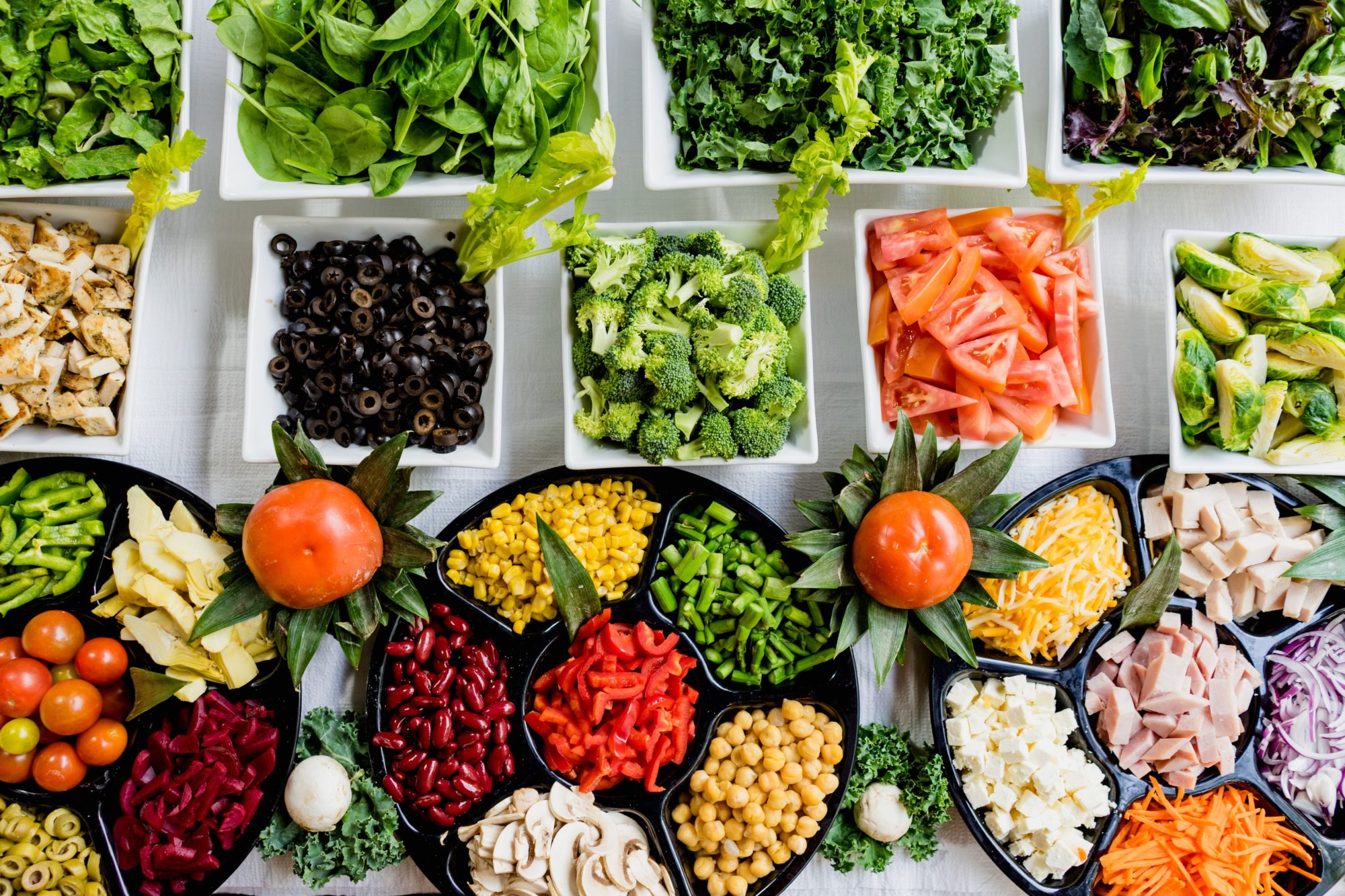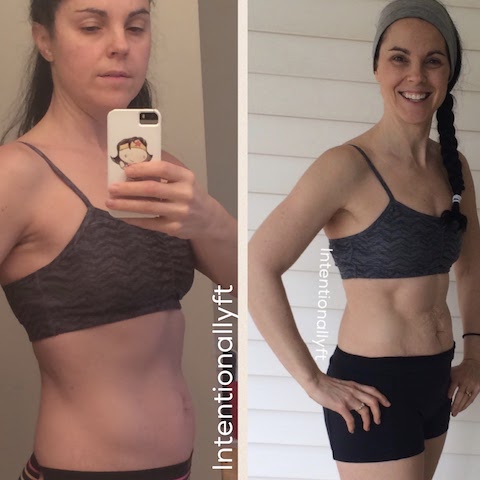Well, the short answer is super simple and comes off a bit snarky… you just stop eating them. But you know as well as I do that our food choices don’t always follow this clear and simple directive. So, let’s explore this a bit.
Let’s back it up a few years ago. I followed a meal and exercise plan called Body for Life. Honestly, I still use some of the foundational strategies I learned during this program. The basic idea is that for each meal you have a serving of protein, a serving of veggies, and a carb. It was the first time I had to choose one kind of carb. Did I want to eat the roll or the fruit? This very simple choice became profound in the way I choose what kind of carb to eat. When I started this journey, I didn’t know there was a good carb, bad carb battle going on in the world. I just knew that I enjoyed the taste and how I felt after eating the fruit instead of the bread. I naturally started choosing a more complex carb without knowing what I was doing.
So, what is the difference between carbs and what does it matter?
According to Brent Brannen of gotswag.com…
“First, to understand what makes a good carb “good” and a bad carb “bad,” you have to understand what a carb is. Carbs are one of the three macronutrients (along with protein and fat), all of which break down into the body’s primary source of energy known as glucose. After eating carbs, your body either uses the energy immediately, or stores it in your muscles and liver as glycogen for later use.“
So, what in the world is the difference between simple and complex carbs? At the risk of oversimplifying the science, simple carbs such as breads, pastas, and baked goods, cause a quick spike in blood sugar and insulin response, creating a quick energy burst, also known as a sugar rush but because the fuel burns hot and fast the energy leads to a crash. This is why we often experience a let down and need more sugar to keep our energy level up.
Complex carbs like fruits and veggies have more fiber and therefore take longer to digest, allowing the energy to have a more sustained release and less chance of crash. They allow us to have more energy over a longer period of time.
At this point, if you’re still reading, you’re probably wondering how all of this matters in reducing your carb intake. Well, I have found that the easiest way of reducing carbs is to replace their spot in my meals with other carbs. Yep, that’s what I said I replace carbs with carbs!
It all starts with that little question, do I want the roll or the fruit? For me, I found that eating a serving of fruit or veggie greatly increased how good my body felt and functioned. Also, when we just cut something drastically out of our meal plans we tend to focus on our loss instead of how good we are feeling.
So, the bottom line here is to choose the healthier version of carbohydrate. over time the habit of choosing a more complex carb over a simple one will reduce your overall intake of carbs.
Some simple examples…
Instead of spaghetti…
serve zoodles or roasted veggies covered in meat sauce.
Instead of a flour tortilla…
use a corn or spinach tortilla
Instead of the bread…
pick the fruit.


